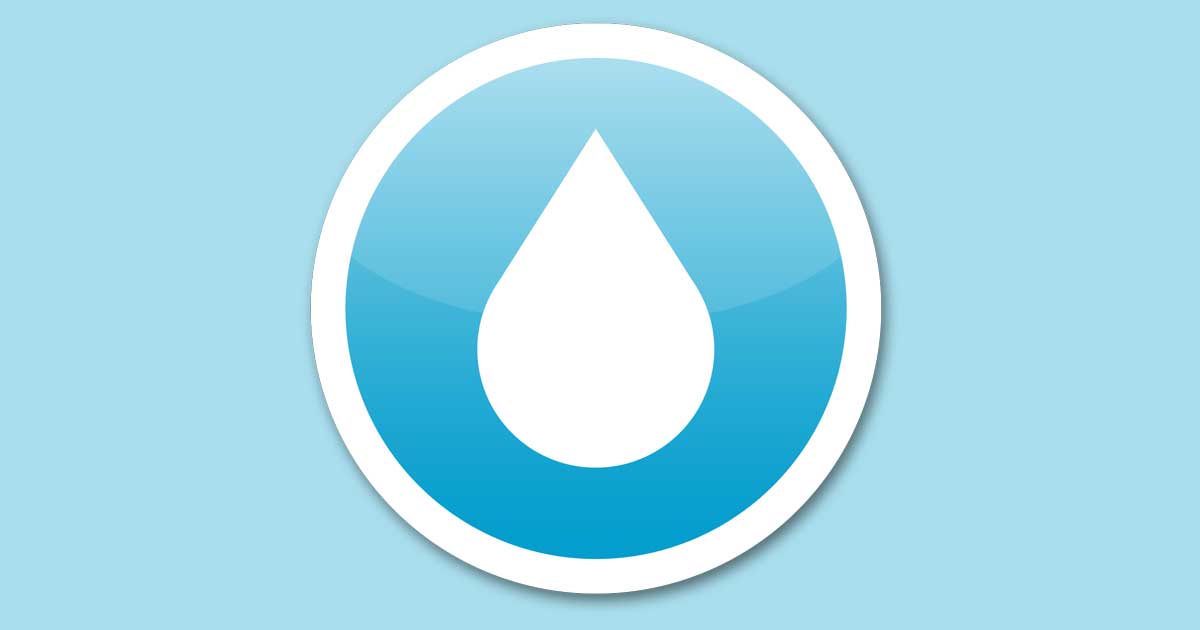There are a number of easy ways to save water, and they all start with YOU, your GUESTS, and the DISTRICT management. Please review these tips to help avoid potential supply issues and to minimize your monthly bills. Here are just a few ways:
In The Kitchen:
When washing dishes by hand, don't let the water run while rinsing. Fill one sink with wash water and the other with rinse water.
Some refrigerators, air conditioners and ice-makers are cooled with wasted flows of water. Consider upgrading with air-cooled appliances for significant water savings.
Never run the dishwasher without a full load. This practice will save water, energy, detergent, and money.
Use the garbage disposal sparingly. Compost vegetable food waste instead and save gallons every time.
For cold drinks keep a pitcher of water in the refrigerator instead of running the tap. This way, every drop goes down you and not the drain.
Use a small pan of cold water when cleaning vegetables, rather than letting the water run over them. Then, collect the water you use for rinsing fruits and vegetables, and reuse it to water house plants.
Use only a little water in the pot and put a lid on it for cooking most food. Not only does this method save water, but food is more nutritious since vitamins and minerals are not poured down the drain with the extra cooking water.
Designate one glass for your drinking water each day or refill a water bottle. This will cut down on the number of glasses to wash.
Don't use running water to thaw food. Defrost food in the refrigerator for water efficiency and food safety.
If your dishwasher is new, cut back on rinsing. Newer models clean more thoroughly than older ones.
If you accidentally drop ice cubes when filling your glass from the freezer or when you have ice left in your cup from a take-out restaurant, don't throw it in the trash, dump it on a plant, instead.
Always keep water conservation in mind, and think of other ways to save in the kitchen. Making too much coffee or letting ice cubes melt in the sink can add up over time. By making these small changes in the kitchen, you can count on bigger savings on your yearly water bill.
In The Bathroom:
Shorten your shower by a minute or two and you'll save up to 150 gallons per month.
Turn off the water while brushing your teeth and save 25 gallons a month.
Take a shower instead of taking a bath. Showers with low-flow shower heads use less water than taking a bath.
Turn off the water while you wash your hair to save up to 150 gallons a month.
Reduce the level of the water being used in a bathtub by one or two inches if a shower is not available.
When remodeling a bathroom, install a new low-volume flush toilet that uses only 1.6 gallons per flush.
Test toilets for leaks. Add a few drops of food coloring or a dye tablet to the water in the tank, but do not flush the toilet. Watch to see if the coloring appears in the bowl within a few minutes. If it does, the toilet has a silent leak that needs to be repaired.
Use a toilet tank displacement device such as a toilet dam or bag. Another alternative is filling a plastic bottle with stones or water, recapped, and placed in the toilet tank. These devices will reduce the volume of water in the tank but will still provide enough for flushing. Displacement devices are not recommended with new low-volume flush toilets.
Never use the toilet to dispose of cleansing tissues, cigarette butts, or other trash. This wastes a great deal of water and also places an unnecessary load on the sewage treatment plant or septic tank.
Do not use hot water when cold will do. Water and energy can be saved by washing hands with soap and cold water. Hot water should be added only when hands are especially dirty.
Do not let the water run when washing hands. Water should be turned off while washing and scrubbing and be turned on again to rinse. A cutoff valve may be installed on the faucet.
When shaving, fill the lavatory basin with hot water instead of letting the water run continuously.
Place water-saving aerators on all of your faucets.
In The Laundry:
Use your clothes washer and dishwasher only when they are full. This will save up to 1,000 gallons a month.
Washing dark clothes in cold water saves both water and energy while it helps your clothes to keep their colors.
When doing laundry, match the water level to the size of the load.
In the Yard/On the Patio or Deck:
Since 70% to 80% of all water in the spring and summer months is used outdoors, please review the Landscaping Tips under the Resource Documents tab above.
100 Quick and Practical Tips
